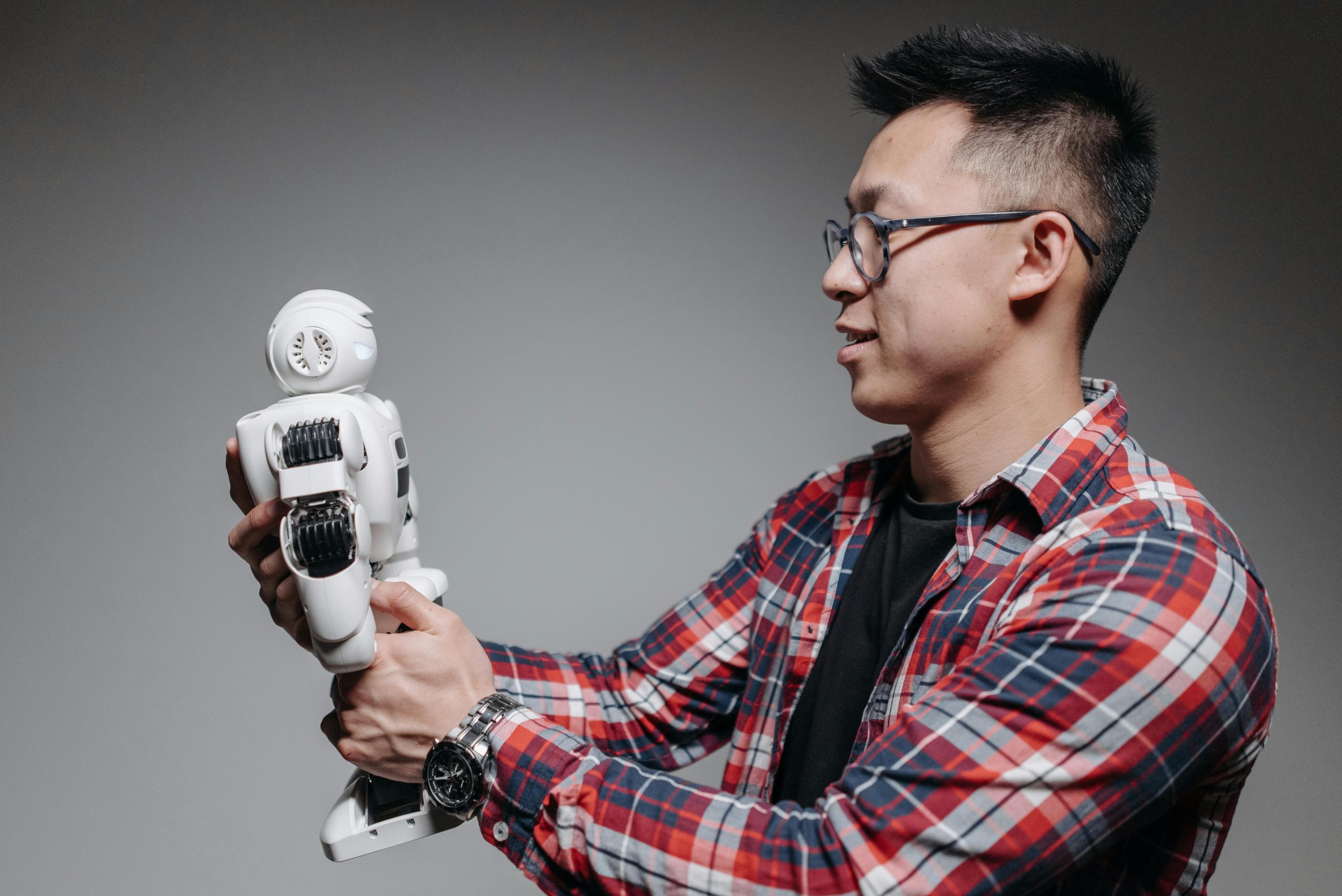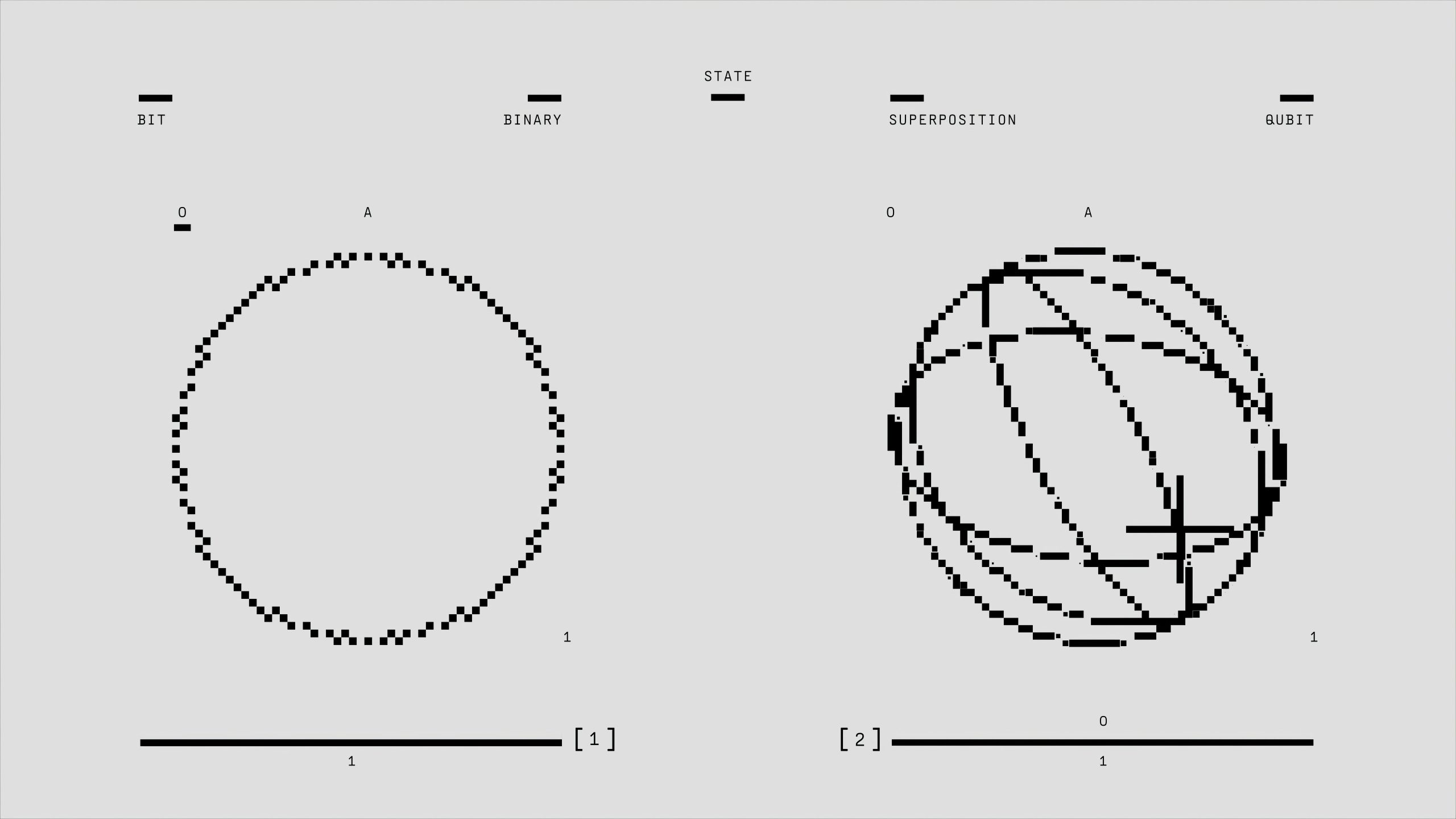AI can’t make nerd without glasses. Is this the new Turing test ?
Exploring the AI’s Quirks: The Glasses Dilemma
In the ever-evolving realm of artificial intelligence, developers and enthusiasts alike have encountered a new, unexpected challenge: creating a “nerd” without the quintessential glasses. This peculiar limitation has sparked some intriguing discussions, leading us to ponder whether this might serve as a contemporary twist on the classic Turing Test.
The Turing Test, as conceived by Alan Turing, has historically been a benchmark for evaluating a machine’s ability to exhibit behavior indistinguishable from that of a human. Today, a humorous yet insightful challenge arises as AI struggles to break free from certain stereotypes ingrained in its programming. It seems that when tasked with generating a stereotypical “nerd” character, AI consistently defaults to the cliched image complete with eyewear.
This phenomenon isn’t merely about a piece of eyewear; it underlines the complexities of teaching AI systems to break away from common tropes and explore a more nuanced depiction of human identity. It invites us to question if such constraints highlight the gaps in current AI training models and whether overcoming these can better align machine understanding with human diversity.
While the thought of evaluating AI through its capacity to transcend stereotypes is amusing, it also holds a mirror to the nuances involved in its development. So, as we journey into a future where AI holds an ever-growing role, perhaps its ability to redefine a “nerd” without the preconceived notion of glasses could indeed serve as a modern test of its ingenuity and adaptability.














1 comment